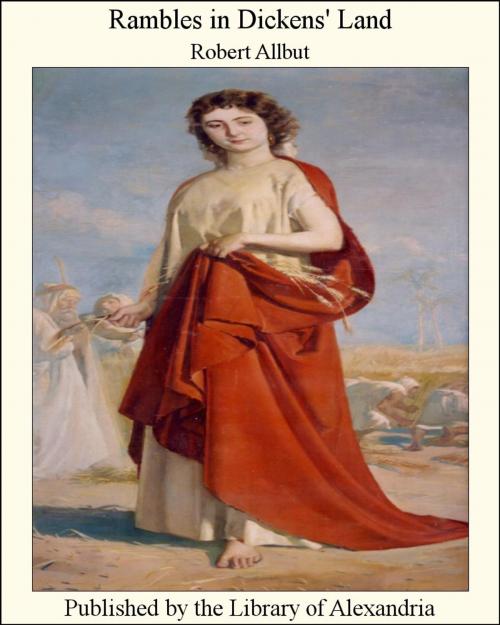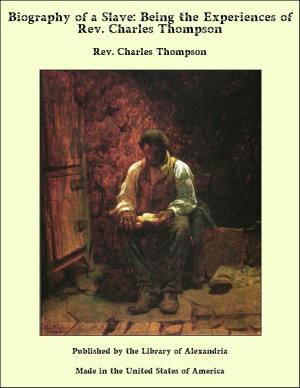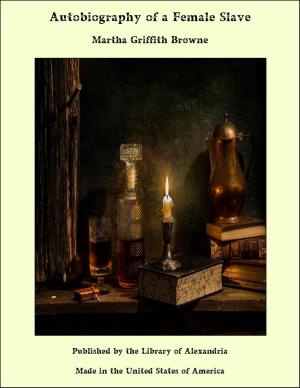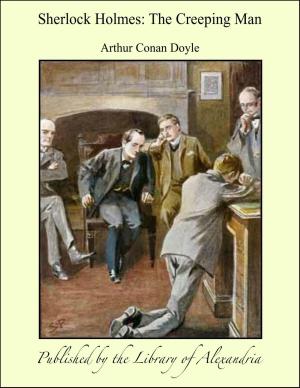Rambles in Dickens' Land
Nonfiction, Religion & Spirituality, New Age, History, Fiction & Literature| Author: | Robert Allbut | ISBN: | 9781465520234 |
| Publisher: | Library of Alexandria | Publication: | March 8, 2015 |
| Imprint: | Language: | English |
| Author: | Robert Allbut |
| ISBN: | 9781465520234 |
| Publisher: | Library of Alexandria |
| Publication: | March 8, 2015 |
| Imprint: | |
| Language: | English |
It is one of the magic legacies left by the great romancers, that the scenes and characters which they described should possess for most of us an air of reality, so convincing as sometimes to put staid history to the blush. The novelist’s ideals become actual to the popular mind; while commonplace truth hides itself among its dry-as-dust records, until some curious antiquary or insistent pedant drags it forth to make a nine days’ wonder. We sigh over “Juliet’s Tomb” in spite of the precisians, sup in the inn kitchen at Pennaflor with Gil Blas at our elbow, and shudder through the small hours outside the haunted House of the Black Cat in Quaker Philadelphia. At Tarascon they show you Tartarin’s oriental garden; and you must hide the irrepressible smile, for Tartarin is painfully real to these good cap-shooters. The other day an illustrated magazine published pictures of Alexander Selkirk’s birthplace, and labelled them “The Home of Robinson Crusoe.” The editor who chose that caption was still under the spell of Defoe. To him, as to the vast majority, Crusoe the imaginary seemed vividly real, while the flesh-and-blood Selkirk was but a name. And if you have that catholic sympathy which is the true test of the perfect lover of romance, read “David Copperfield” once again, and then, by way of experiment, spend an afternoon in Canterbury. You will find yourself expecting at one moment to see Mr. Micawber step jauntily out of the Queen’s Head Inn, at another to catch a glimpse of the red-haired Heep slinking along North Lane to his “’umble dwelling.” You will probably meet a dozen buxom “eldest Miss Larkinses,” and obnoxious butcher-boys—perhaps even a sweet Agnes Wickfield, or a Miss Betsy Trotwood driving in from Dover.
It is one of the magic legacies left by the great romancers, that the scenes and characters which they described should possess for most of us an air of reality, so convincing as sometimes to put staid history to the blush. The novelist’s ideals become actual to the popular mind; while commonplace truth hides itself among its dry-as-dust records, until some curious antiquary or insistent pedant drags it forth to make a nine days’ wonder. We sigh over “Juliet’s Tomb” in spite of the precisians, sup in the inn kitchen at Pennaflor with Gil Blas at our elbow, and shudder through the small hours outside the haunted House of the Black Cat in Quaker Philadelphia. At Tarascon they show you Tartarin’s oriental garden; and you must hide the irrepressible smile, for Tartarin is painfully real to these good cap-shooters. The other day an illustrated magazine published pictures of Alexander Selkirk’s birthplace, and labelled them “The Home of Robinson Crusoe.” The editor who chose that caption was still under the spell of Defoe. To him, as to the vast majority, Crusoe the imaginary seemed vividly real, while the flesh-and-blood Selkirk was but a name. And if you have that catholic sympathy which is the true test of the perfect lover of romance, read “David Copperfield” once again, and then, by way of experiment, spend an afternoon in Canterbury. You will find yourself expecting at one moment to see Mr. Micawber step jauntily out of the Queen’s Head Inn, at another to catch a glimpse of the red-haired Heep slinking along North Lane to his “’umble dwelling.” You will probably meet a dozen buxom “eldest Miss Larkinses,” and obnoxious butcher-boys—perhaps even a sweet Agnes Wickfield, or a Miss Betsy Trotwood driving in from Dover.















